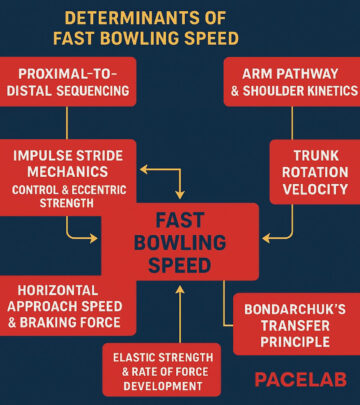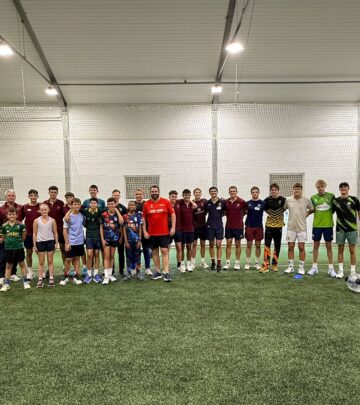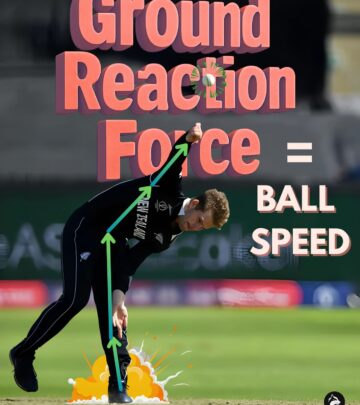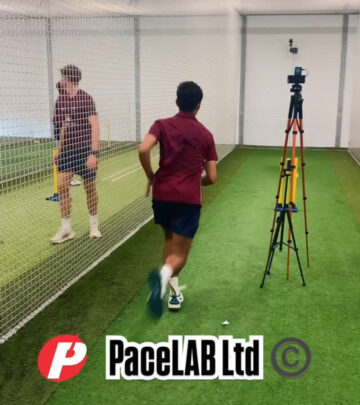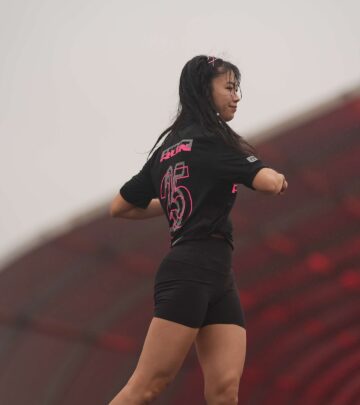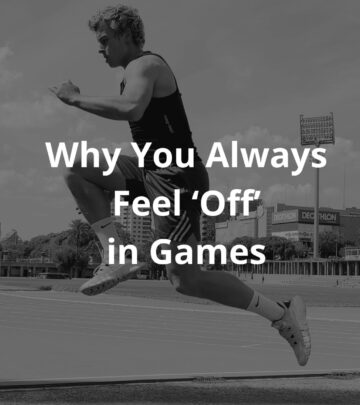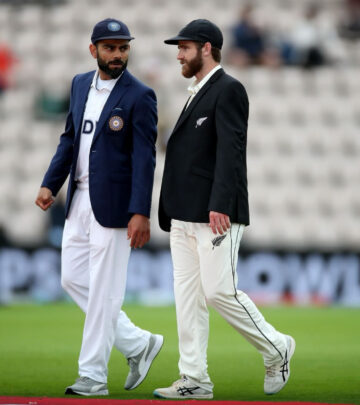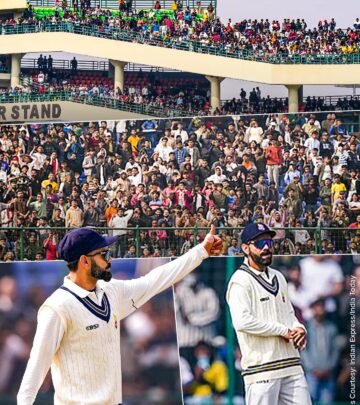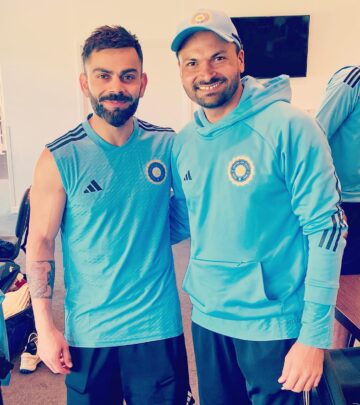Subprime Technical Grooving Unleashes Bowling Innovation
Pacelab system refines neural calibration with low intensity drills for peak output, fast.
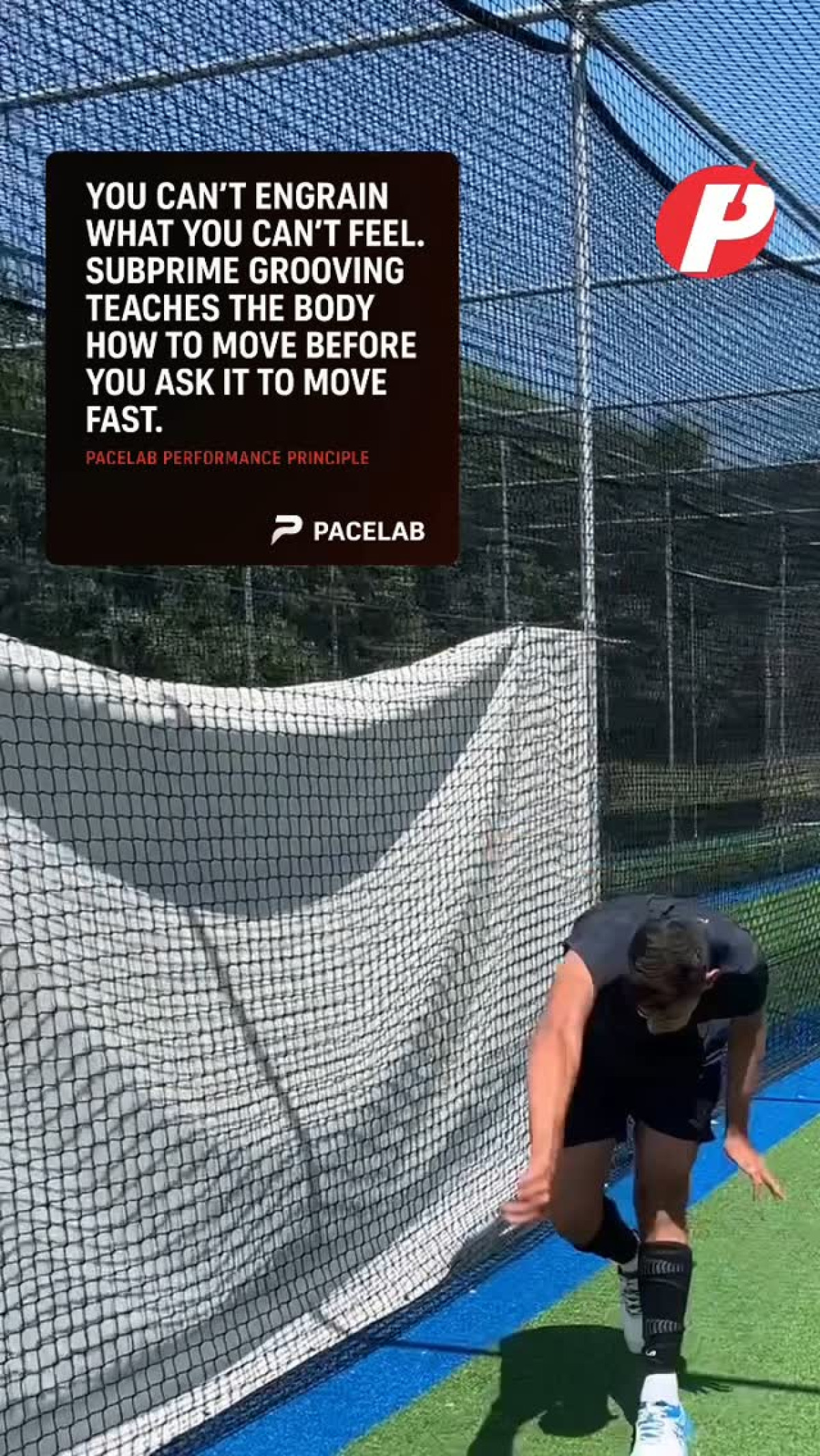
Image: Instagram
In a bid to revolutionize fast bowling training, Pacelab Limited has ushered in a novel approach known as subprime technical grooving. This innovative method, operating at roughly 60–70% of maximum velocity, is designed to recalibrate neural signals and refine movement without the interference of speed or fatigue. The approach emphasizes layered learning, movement variability, and attractor reinforcement even at low intensities—paving a fresh path for technical overhauls and neural groove restoration in athletic performance.
Understanding Subprime Layering
Subprime layering is a key element in the Pacelab training system. It is structured around the idea of training athletes with minimal external load while focusing intensely on the internal mechanics. The method operates at a submaximal level that mitigates central nervous system and tissue stress, ensuring that the fundamental movement patterns are ingrained without the heavy burden of high-intensity training. It relies on several key characteristics: a velocity of about 60–70% of the maximum, low external output with high internal focus, and minimal load. Importantly, the system’s design ensures that any transfer to full-speed performance is low unless the subprime stage is incorporated into a broader training phase.
Layered Learning Approach
The training technique is built on a four-layer model adapted from Bosch—a method that breaks down the learning process into distinct, manageable components:
1. Cognitive Layer (Understanding the Pattern):
Coaches use constraints and cueing to teach the desired movement shapes. Training exercises such as aggott ball bowling, stability work with band drills, water bag routines, and barefoot walk-throughs are employed to encourage a strong proprioceptive focus. The critical objective in this phase is ensuring that athletes understand the pattern before they execute it under game conditions.
2. Coordinative Layer (Grooving the Pattern):
Once the cognitive layer is established, the focus shifts to repetitively grooving the movement. Here, high repetitions at low fatigue levels enable precise, submaximal motor-unit recruitment. Slow-motion walk-ins and low-effort mat drills are routinely used to reinforce attractors—those key movement patterns that become ingrained over time.
3. Contextual Layer (Priming for Transfer):
This stage introduces task-specific variability. By altering angles, targets, or time constraints, athletes begin to adapt their rehearsed patterns to real game scenarios. For example, target bowling under modified conditions allows bowlers to experience game-relevant shapes, making the eventual transition to higher intensity more seamless.
4. Transitional Layer (Bridge to Speed):
The final step in the model involves a brief progression into the 75–80% velocity zone. Through gradual ramp-ups and contrast drills with low-weight implements, there is a deliberate cue that aids in the carryover to full-speed bowling action. This layer acts as a bridge—ensuring that once athletes leave the subprime phase, their movements can immediately transition into high-intensity performance.
Versatility In Fast Bowling Training
Subprime layering finds its ultimate application in moments when athletes need to reshape their technical approach. It is particularly advantageous during technical overhauls, following fatigue, or after injury when neural groove restoration is essential. Coaches often incorporate subprime layering as a warm-up activation sequence using attractor circuits to install new motor patterns before intense loading begins. As one fast bowling coach recently intimated, the conventional low-intensity walk-throughs simply “will not make a difference” unless approached with a mindset of innovation and precise recalibration.
Expert Insights From Steffan Jones
Fast bowling expert and coach Steffan Jones, whose work has been prominently featured across social media and training seminars, has been at the forefront of integrating Pacelab’s subprime layering into practical drills. Jones’ approach emphasizes that effective neural recalibration and the refinement of movement are critical to achieving peak bowling performance without overstressing the body. Drawing on past training experiences in the UK, Jones has highlighted that isolated drills rarely replicate the comprehensive impact of the full Pacelab system. His Instagram chronicles, including posts from training camps and coaching sessions, reflect his commitment to a science-driven approach that challenges conventional methods.
In one of his recent sessions, Jones was seen actively engaging with players at training workshops, demonstrating techniques that involve slow-motion walk-ins and structured progressions into speed. His hands-on sessions at venues like the Paul Roos Gym in South Africa underscore the global appeal of the method. Moreover, his work not only focuses on refining technique but also on preventing injury by ensuring that each phase of the kinetic chain—especially the subtle transitions at the back foot contact—is executed with precision. By emphasizing the need for a stable base during back foot control, Jones reinforces that without strength in the fundamentals, the transfer of energy from the run-up to release is compromised.
A New Era Of Technical Training
The adoption of subprime technical grooving marks a significant evolution in sports training philosophy. With training sessions that prioritize neural efficiency and the meticulous layering of movement skills, athletes are better prepared to bridge the gap between practice and high-stakes performance. This method represents a shift from traditional, fatigue-inducing drills to a strategic, science-backed approach where quality supersedes quantity.
In conclusion, Pacelab Limited’s subprime layering method is setting a new standard in fast bowling training. By compartmentalizing the learning process into cognitive, coordinative, contextual, and transitional layers, it offers coaches and athletes a comprehensive tool to master movement patterns and optimize performance with lower risks of injury. As expert coaches like Steffan Jones continue to champion these innovations, athletes worldwide are beginning to embrace training methodologies that prioritize sustainable, high-performance outcomes over brute strength alone.
Read full bio of Joyce



